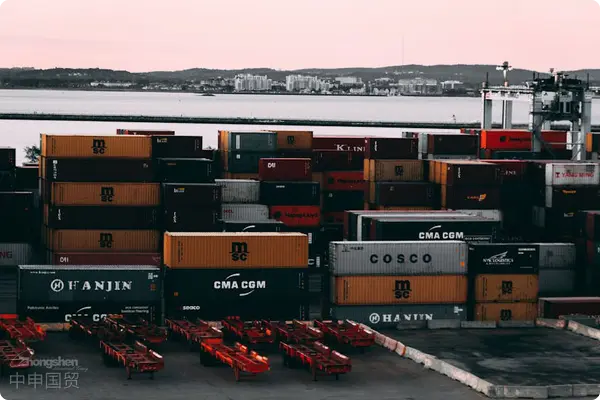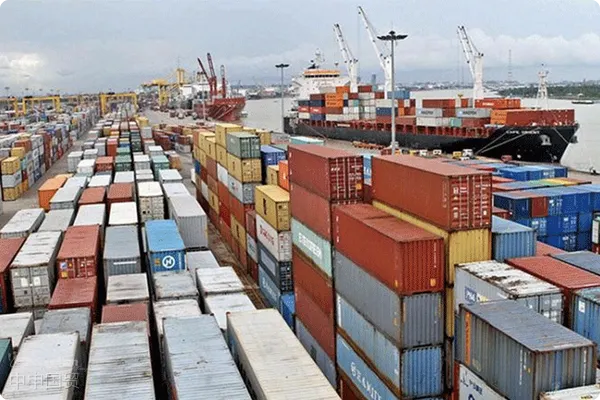- Shanghai Zhongshen International Trade Co., Ltd. - Two decades of trade agency expertise.
- Service Hotline: 139 1787 2118
In our daily lives, we often come across these hazards that permeate all aspects of our lives, including mercury in thermometers, alcohol, fireworks, and firecrackers. Due to the nature of these harmful substances, they are prone to explosion during production, storage, handling, and transportation. Or there is a risk of fire and poisoning. The first thing in daily life is safety, and safety always comes first.
Information provided to the domestic customs for the import of dangerous goods
Chinese dangerous goods label.
Classification report (according to port requirements)
Business registration certificate.
10 - digit customs declaration code.
Information provided to the foreign customs for the import of dangerous goods
IMO/DGN (Danger warning/Form)
IMO and DGN. These are two important concepts related to the international transportation of dangerous goods. They are respectively related to the classification and declaration of dangerous goods.
In the area of chemicals and other dangerous goodsMaritime TransportationWhat is usually mentionedIMO refers to the International Maritime Dangerous Goods Code (IMDG Code)That is IMO IMDG Code. This is a mandatory rule for the maritime transportation of dangerous goods, used to regulate how to safely transport and handle these dangerous goods.
Main Contents of IMO:
- IMO ClassIMO classifies dangerous goods into 9 major categories, and each category has detailed sub - classifications. These categories stipulate the characteristics of different dangerous goods and how to handle, package, and transport them.
- Class 1Explosives
- Class 2Gases
- Class 3Flammable liquids
- Class 4Flammable solids, substances liable to spontaneous combustion, and substances which, in contact with water, emit flammable gases
- Class 5Oxidizing agents and organic peroxides
- Class 6Toxic substances and infectious substances
- Class 7Radioactive substances
- Class 8Corrosive substances
- Class 9Other dangerous substances and articles
- UN NumberEach dangerous substance has a United Nations number (for example, the UN number of lithium - ion batteries is UN3480), which is used to identify dangerous goods.
- Packaging RequirementsDifferent types of dangerous goods have strict packaging requirements to ensure that there is no leakage or accident during transportation.
- Labels and markingsEach dangerous good must be correctly marked and labeled according to IMO regulations during transportation. The label includes the dangerous goods category, UN number, danger signs, etc.
IMO The rules are the basic standards for the maritime transportation of dangerous goods worldwide. If chemicals need to be exported by sea, they must comply with IMO IMDG Code the transportation requirements stipulated.
DGN. service company, we combine practical experience and legal norms to provide professional advice to foreign - trade enterprises from the perspectives of liability determination and risk prevention.Abbreviation of Dangerous Goods Note. It is a key document used to declare the nature of dangerous goods during international transportation.It is used to declare the danger of the goods to transportation companies (such as shipping companies, airlines, etc.) and relevant handling personnel to ensure that appropriate safety measures are taken during transportation.DGN. Including the name of the goods, UN number, dangerous goods class, net/gross weight, type of packaging, etc.
Main content of DGN:
- Cargo Information: Including the name of the goods, UN number, dangerous goods class, net weight/gross weight, type of packaging, etc.
- Packaging Information: The DGN shall indicate the type of packaging used for the goods and whether it meets the specified dangerous goods packaging requirements.
- Shipper and Transportation Information: It includes basic information such as the shipper, consignee, carrier, and transportation mode (sea transportation,Air Transportation, land transportation), etc.
- Signature Declaration: The shipper or freight forwarder signs to declare that the dangerous goods information is accurate and that all necessary safety precautions have been taken.
DGN. It is an essential document in the transportation process, used to ensure that all parties understand the dangerous nature of the goods and take appropriate protective measures.
When is DGN required?
- Maritime Transportation: For any dangerous goods transported by sea, a DGN must be attached.
- Air Transportation: When dangerous goods are transported by air, a similar dangerous goods declaration document is also required.
- Land Transportation: In international land transportation, if the goods being transported are dangerous goods, a DGN also needs to be submitted.
MSDS Chinese-English version
MSDS service company, we combine practical experience and legal norms to provide professional advice to foreign - trade enterprises from the perspectives of liability determination and risk prevention. Material Safety Data Sheet The abbreviation of, and the Chinese name isSafety Data Sheet for Chemicals. It is a document containing information on the properties, safe handling, storage, transportation, emergency measures, etc. of chemicals, and is widely used in the production, storage, transportation, sales, and use of chemical products.
MSDS is a common requirement for chemical management in countries around the world, and there are Chinese versions, as well as English and other language versions.
Packing List, Invoice, Contract, Bill of Lading.
III. Dangerous GoodsImport Customs DeclarationPrecautions
Currently, different domestic ports have different policies regarding dangerous goods. If there are requirements for dangerous goods categories, not all dangerous goods categories can be imported.
Whether the packaging of dangerous goods has dangerous goods warning labels or dangerous goods certificates.
Dangerous goods should be labeled in Chinese as much as possible before import.
Related Recommendations
? 2025. All Rights Reserved. Shanghai ICP No. 2023007705-2  PSB Record: Shanghai No.31011502009912
PSB Record: Shanghai No.31011502009912










